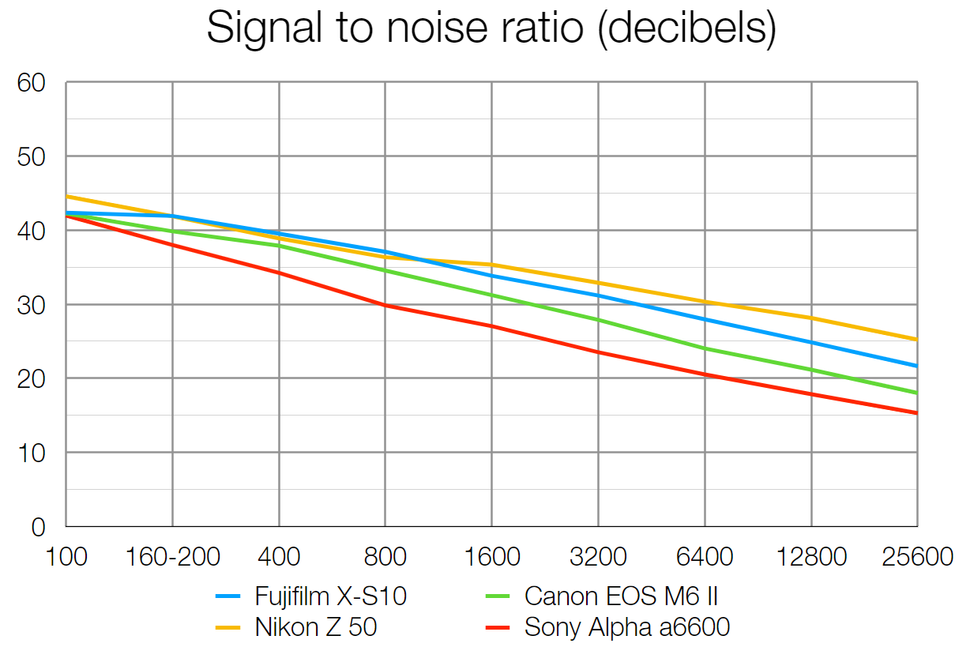

Since counting electrons obeys Poisson statistics, the noise associated with the dark current I D is proportional to the square root of the number of dark electrons that accumulate during the exposure. As the dark current results from spontaneously generated electrons, the dark current is measured by simply "counting" these electrons. Table 1 lists typical dark current values for a sample camera with a CCD sensor. Dark Shot Noise and Sensor TemperatureĪs mentioned above, the dark current is a thermal effect and can therefore be reduced by cooling the sensor. This plot uses logarithmic scales for both axes.The dotted vertical line at 5 s indicates the values calculated as the example in the text.

The total effective noise per pixel is the quadrature sum of each of the noise sources listed above:įigure 1: Plot of dark shot noise and read noise as a function of exposure for three sensor temperatures for a sample camera. Note that fixed pattern noise will be ignored in the discussion below this is a valid assumption for the CCD cameras sold here but may need to be included for other non-scientific-grade sensors. Fixed Pattern Noise (σ F): This is caused by spatial non-uniformities of the pixels and is independent of signal level and temperature of the sensor.Since photon measurement obeys Poisson statistics, the photon shot noise is dependent on the signal level measured. Photon Shot Noise (σ S): This is the statistical noise associated with the arrival of photons at the pixel.It is independent of signal level and temperature of the sensor, and is larger for faster CCD pixel clock rates. This results from the sensor design but can also be impacted by the design of the camera electronics. Read Noise (σ R): This is the noise generated in producing the electronic signal.It is independent of the signal level but is dependent on the temperature of the sensor as shown in Table 1. The variation in the amount of dark electrons collected during the exposure is the dark shot noise. It is a thermal phenomenon resulting from electrons spontaneously generated within the silicon chip (valence electrons are thermally excited into the conduction band). Dark Shot Noise (σ D): Dark current is a current that flows even when no photons are incident on the camera.Noise in a camera image is the aggregate spatial and temporal variation in the measured signal, assuming constant, uniform illumination. Alternatively you can contact us, and one of our scientific camera specialists will help you decide which camera is right for you. If you have questions about which domain your application will fall, you might consider estimating the signal levels and noise sources by following the steps detailed in the tutorial below, where we present sample calculations using the specifications for our 1.4 megapixel cameras. In the tutorial below, we derive the following "rule of thumb": for exposures less than 1 second, a standard camera is generally sufficient for exposures greater than 1 second, cooling could be beneficial for exposures greater than 5 seconds, cooling is generally recommended and for exposures above 10 seconds, cooling is usually required. However, for certain situations, generally under low light levels where long exposures are necessary, cooling will provide a benefit. Generally, most applications have high signal levels and do not require cooling. When purchasing a camera, an important consideration is whether or not the application will require a cooled sensor.


 0 kommentar(er)
0 kommentar(er)
